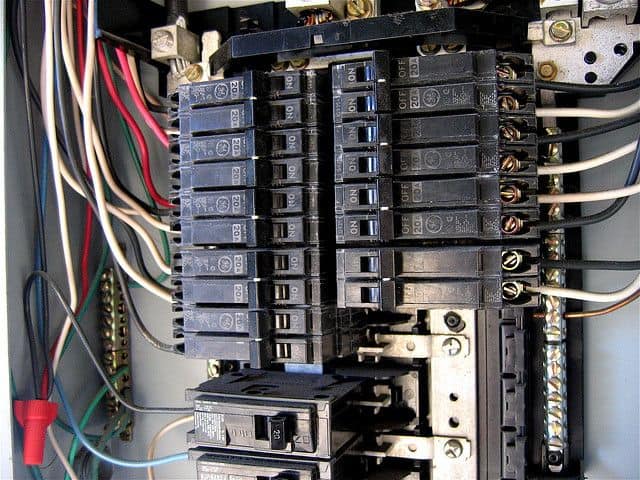In the ever-evolving landscape of electrical engineering, the concept of Wireless Power Transmission (WPT) stands out as a groundbreaking innovation, promising to reshape the way we think about and utilize electrical energy. This revolutionary technology transcends traditional wired methods, offering unprecedented convenience, efficiency, and possibilities. In this article, we delve into the intricacies of Wireless Power Transmission, exploring its principles, applications, and the transformative impact it holds for the future.
Understanding Wireless Power Transmission
Breaking Free from Wires
Wireless Power Transmission eliminates the need for physical connections between power sources and devices. Instead of relying on cables, this technology utilizes electromagnetic fields to transfer energy from the source to the recipient. Nikola Tesla, a pioneering figure in electrical engineering, initially conceptualized this idea in the early 20th century. However, recent advancements in materials, electronics, and engineering have brought this vision closer to reality.
The Science Behind WPT
At the core of Wireless Power Transmission is the principle of electromagnetic induction. This phenomenon involves the generation of an electromotive force across a conductor when exposed to a varying magnetic field. In WPT, a transmitter generates a magnetic field, and a receiver with a compatible resonant frequency captures this energy, converting it back into electrical power. This elegant process enables the wireless transfer of electricity over considerable distances.
Applications of Wireless Power Transmission
Consumer Electronics
Imagine a world where charging your smartphone, tablet, or laptop doesn’t require plugging in a cable. Wireless Power Transmission is making this a reality. Wireless charging pads and stations have become increasingly popular, simplifying the charging process and reducing clutter caused by multiple cables.
Electric Vehicles
The automotive industry is also embracing WPT to address the challenges of electric vehicle charging. Wireless charging infrastructure embedded in roads or parking lots allows electric vehicles to charge while stationary, eliminating the need for frequent stops at charging stations. This not only enhances the convenience of electric vehicles but also contributes to the widespread adoption of sustainable transportation.
Industrial and Medical Applications
In industrial settings, Wireless Power Transmission finds applications in powering sensors, devices, and machinery without the constraints of wired connections. Similarly, in the medical field, WPT facilitates the development of implantable devices and medical wearables, providing a more seamless and comfortable experience for patients.

Advantages and Challenges
Advantages
- Convenience: Wireless Power Transmission eliminates the hassle of dealing with tangled wires and the need for precise cable connections.
- Flexibility: Devices can be charged or powered without direct contact, allowing for more flexible and dynamic use.
- Efficiency: WPT systems are becoming increasingly efficient, minimizing energy loss during the transmission process.
Challenges
- Distance Limitations: The efficiency of WPT diminishes with increasing distance between the transmitter and receiver.
- Standardization: The lack of universal standards for WPT technology can hinder interoperability and widespread adoption.
- Safety Concerns: Ensuring the safety of users and devices in the presence of electromagnetic fields remains a critical consideration.
The Future of Wireless Power Transmission
As research and development in Wireless Power Transmission continue to progress, the potential applications are expanding. From smart homes to smart cities, the integration of WPT could revolutionize the way we power and interact with technology. However, addressing the current challenges and establishing industry-wide standards will be crucial for realizing the full potential of this transformative technology.
In conclusion, Wireless Power Transmission represents a paradigm shift in electrical engineering, offering a glimpse into a future where the constraints of wired connections are replaced by the freedom and efficiency of wireless energy transfer. As we navigate this electrifying journey, the possibilities are limitless, and the impact on our daily lives could be nothing short of revolutionary. Visit http://www.zap-uk.com/ if you need more information or have any questions about a breakthrough in electrical engineering.





